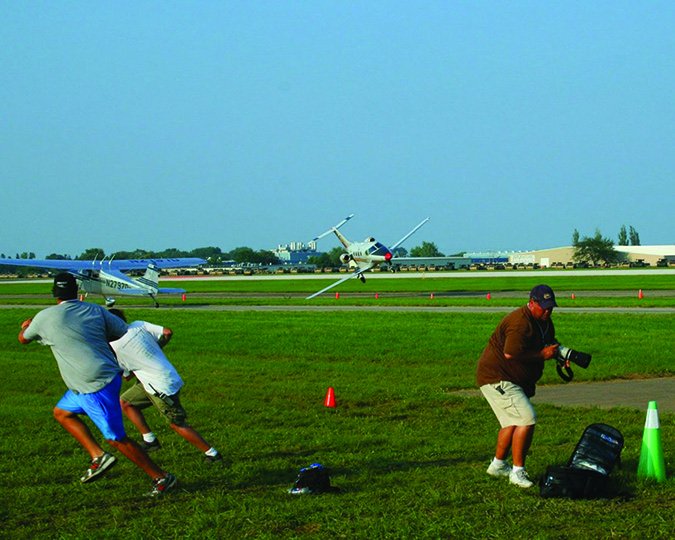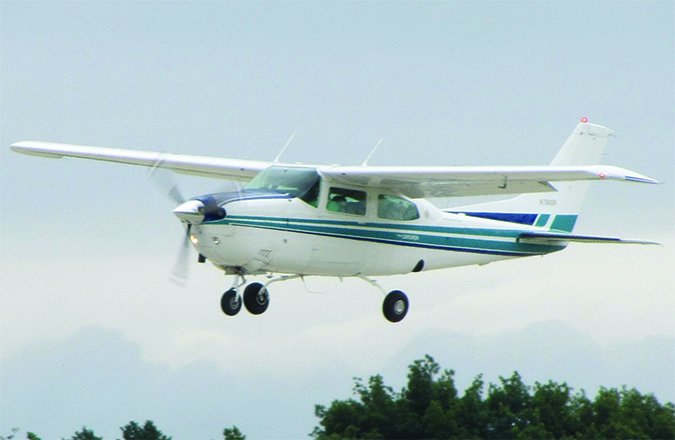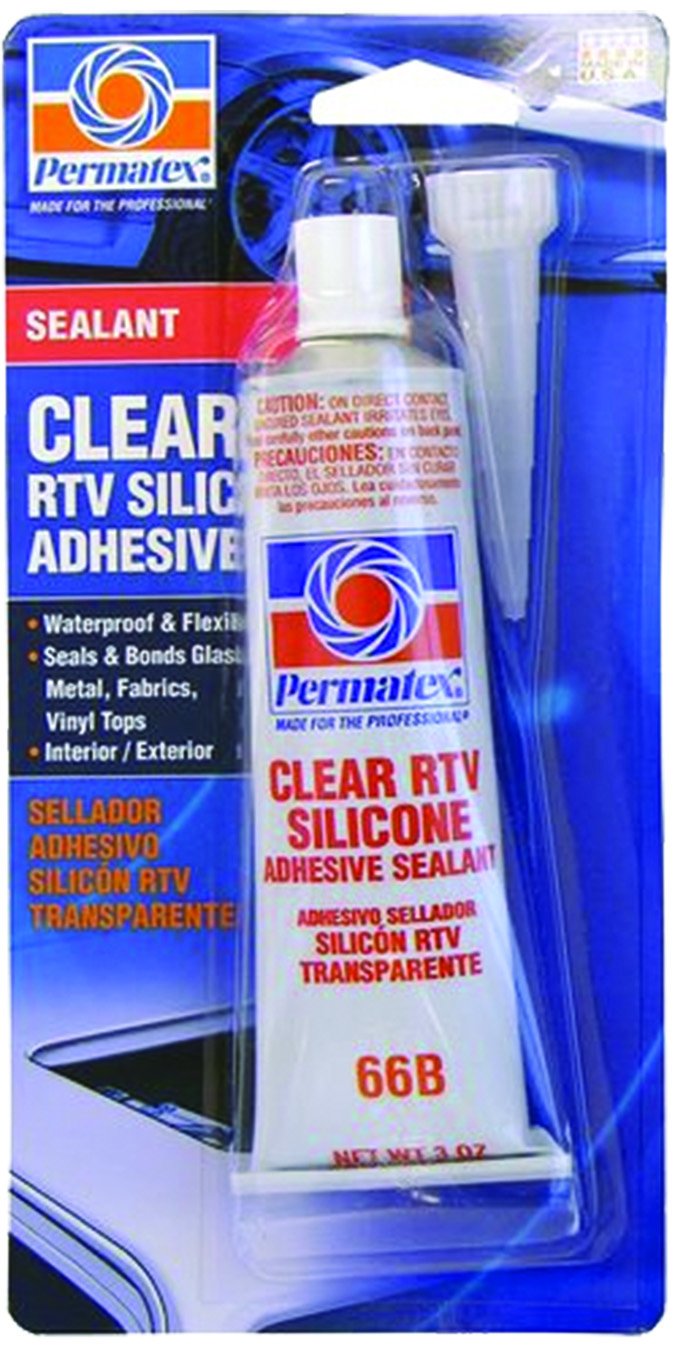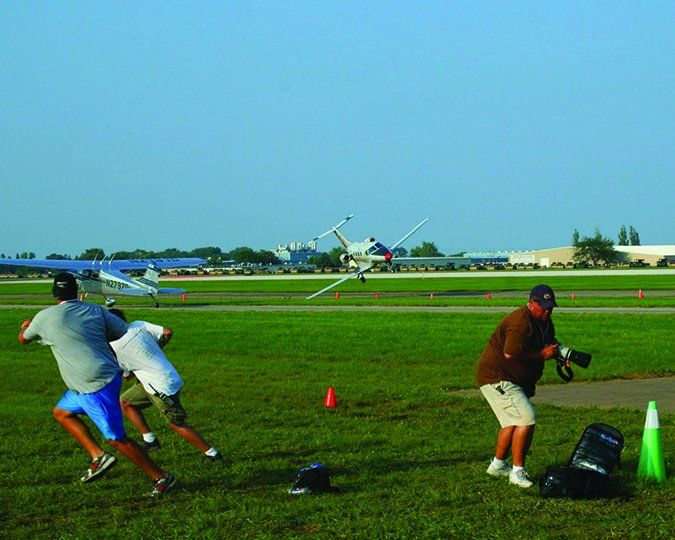As the summer fly-in season kicked off in the U.S., the NTSB published the latest in its ongoing series of Safety Alerts, with discussions and tips for pilots arriving at fly-in events. Focused primarily on the Sun ‘n Fun and the Experimental Aircraft Association’s (EAA’s) AirVenture events but applicable to many others, the Board’s new advisory (SA-053) emphasizes the unique challenges arrivals at heavily attended fly-ins can present to pilots of all experience levels but especially those who aren’t prepared.
Those challenges, according to the NTSB, include “extremely high-density traffic, special flight and communication procedures, a rapidly changing environment, and changes to air traffic control (ATC) separation standards.” Highlighting the procedural changes and associated Notices to Airmen (Notams), the NTSB said planning far enough in advance to obtain and understand relevant Notams is “critical to ensuring flight safety because they contain special operational procedures, including arrival and departure routes, communication procedures, and other crucial safety information.”
The NTSB’s Safety Alert also described related accidents occurring at recent fly-ins, including the July 27, 2010, mishap involving a Beechcraft 390 Premier business jet while attempting to land at the EAA AirVenture event in Oshkosh, Wis. The image below captures the moments before that accident. Also below is the NTSB’s recommendations for pilots to use both during the arrival and for planning, well in advance of your flight.
Other Safety Alerts published by the NTSB include topics such as misfueling—for both the line service technician and the pilot—and visual illusions that can lead to controlled flight into terrain accidents, among other outcomes. To view the entire library of NTSB Safety Alerts, click here.
NTSB’s Airshow Arrival Checklist

– Do your homework! Study the event NOTAM so that you know what to expect when you arrive. The procedures for an event may change from year to year, so be familiar with the NOTAM each year even if you are a regular visitor to the event.
– Be mentally prepared for a challenging and dynamic environment.
– Brief passengers in your aircraft about what to expect during arrival and ask them to help you watch for traffic.
– Keep radio traffic to a minimum in accordance with the published procedures. As you approach the area, monitor the published frequency to hear what other pilots are being told.
– Know your limitations and those of your aircraft. You may be asked to operate in close proximity to other aircraft, make a short approach, follow aircraft that may be slower than your usual approach speed, land at a specific spot on the runway, or expedite takeoff. Brush up on any relevant skills before you go.
– Above all, know that ATC is there to help and support you. If you are uncomfortable with an ATC instruction, landing clearance, or aircraft spacing, fly your aircraft first, and advise ATC if you decide to go around. Any controller will tell you that they would much rather deal with a go-around than an accident.
Engine Sealants
A new special airworthiness information bulletin (SAIB NE-16-13) from the FAA alerts owners, operators, maintenance personnel and repair facilities of all airplanes equipped with Continental Motors, Inc. (CMI) engines of the proper service instructions and installation procedures for joining engine case halves and installing cylinders. The SAIB warns of “multiple reports of engine failure related to the improper and unauthorized use of” room-temperature vulcanizing (RTV) sealants, and warns they are “not approved for installations on CMI engines listed.”

The SAIB, a document the FAA often uses as a precursor to an airworthiness directive, notes that applying “any unapproved sealant (RTV, gasket maker, etc.) to the crankcase cylinder deck, cylinder deck chamfer, cylinder mounting flange, cylinder base O-ring, cylinder fastener threads, or crankcase main bearing bosses is not an approved procedure.” According to the FAA’s SAIB, such sealants can make cylinder through-bolt preloading impossible to measure as they can create a soft joint between two components instead of the gasketed or uncushioned mating the manufacturer intended.
The SAIB also notes that any unapproved sealants used during engine assembly can deteriorate and become lodged in internal oil passages, blocking them and precipitating a full or partial powerplant failure.
Although the SAIB is specifically focused on CMI engines, owners and operators of other powerplants may wish to use it as a reminder to consider the approval basis of the sealants and other compounds used in maintaining their aircraft.
Airworthiness Limitations

Another new special airworthiness information bulletin (SAIB HQ-16-14) from the FAA addresses the applicability of changes to a manufacturer’s maintenance requirements after a type-certificated aircraft operated under FAR Part 91 is placed in service. According to the new SAIB, “a type design change is not mandatory for in-service aircraft” operating under Part 91, “unless the aircraft owner/operator voluntarily incorporates the change, it is mandated by an airworthiness directive (AD) to resolve an unsafe condition or required by a previously agreed upon maintenance program.”
The SAIB resolves in favor of in-service aircraft operators a legal question that arose when Cessna revised its Model 210 Service Manual in 2014. The revision included the requirement that eddy current inspections be performed on strutless models of the venerable high-performance single. Once the revised maintenance manual was published, Cessna took the position the new requirement was listed in the relevant airplanes’ airworthiness limitations section (ALS) and was mandatory for in-service airplanes. The FAA disagreed in a 2015 legal interpretation referenced in the SAIB and specifically decided that the “only version of an ALS that is mandatory is the version that was included in the particular aircraft’s type design when the aircraft was manufactured, or as amended by an AD.”
According to the May 21, 2015, letter from the FAA’s Office of the Chief Counsel, the agency asked Cessna to “republish” the service manual changes as “encouraged, but optional, for those in-service aircraft, unless later mandated by an AD” some three months beforehand. The FAA letter stated, “To date Cessna has not provided a written response outlining its position on this matter.”




